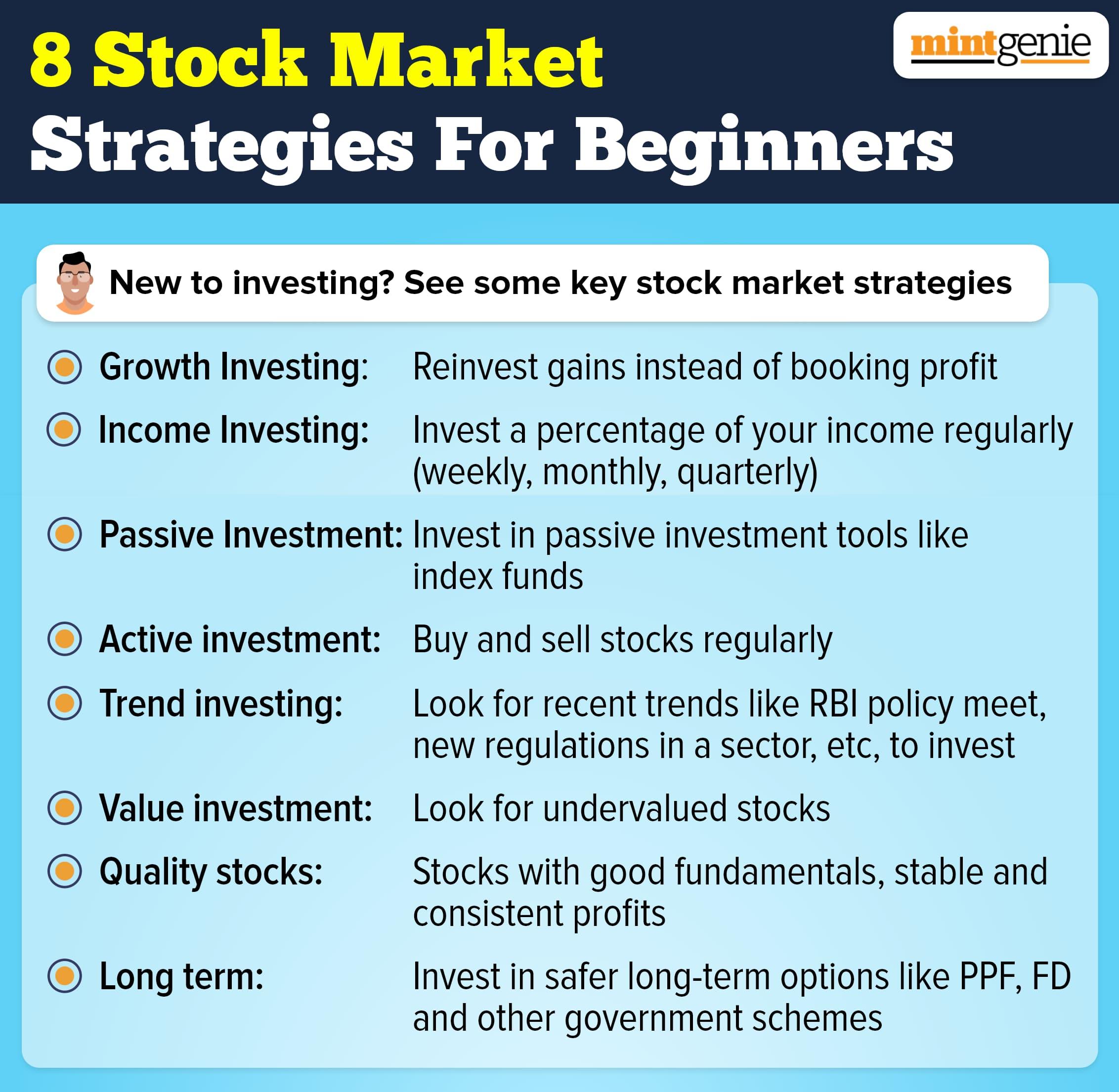
When India was a growing nation, there was once a joke about US – Indian relationship. It was that “when the US sneezed, it was India that caught a chilly.” Whereas this will likely or will not be true geopolitically, a minimum of the linkages between US economic system and bourses and the Indian markets are step by step decreasing.
And whereas, there’ll by no means be any complete break in linkages between the US economic system and Indian bourses, consultants inform us find out how to navigate these international shoals. Even the dreaded US rate of interest hikes.
“In previous couple of years (5-10 years), the dependency (correlation) of Indian market relative to US market has diminished considerably,” says Amar Ranu, Sr. VP & Head – Funding Merchandise and Insights, Anand Rathi Shares and Inventory Brokers.
Until a decade again, the correlation between the US and Indian fairness market was once 0.6 to 0.7 which diminished additional to 0.4-0.5 at present. The explanations are a number of – the home nature of the Indian economic system, sturdy home inflows and fewer sensitivity to world market cycles.
Even now when there’s speak of recession in US market (as yield curve inverted), in India, there isn’t any signal of something close to that and the market has been thriving on all fronts.
“There could have been phases when the Indian markets, mirrored US markets fairly carefully, however in the present day there’s restricted co-relation general,” Girish Lathkar, Co-Founder and Companion, Upwisery Non-public Wealth.
On a extra technical degree, Rahul Bhutoria, Director and Founder, Valtrust, feels that there’s some degree of correlation between the actions of the Sensex and Nasdaq, nevertheless it’s not thought of a robust relationship.
However, if the distinction between the Dow Jones and Sensex is low correlated, it implies that the 2 indices’ actions have much less tendency to maneuver collectively, as a common information to those that could want to determine motion linkages between US bourses and their Indian counterparts.
So is there no linkage between US equities and Indian equities. Sure there’s – considerably! It is largely sentiment.
“The US is the mom market which leads different markets up or drags them down,” says Dr. V Ok Vijayakumar, Chief Funding Strategist at Geojit Monetary Companies. Final 12 months most markets delivered damaging returns on world progress slowdown fears. The US, Euro Zone and most rising markets had been down.
There can be minor variations. For example, final 12 months whereas most markets delivered damaging returns Nifty delivered 4 p.c constructive returns. Nonetheless, such small out performances won’t be main deviations from the worldwide development.
So what are the actions that we are able to count on from the US and the way will they have an effect on Indian bourses?
“There’s common tendency when yields go up in USA due to fee hikes, there’s flight-to-liquidity i.e. US traders are higher off investing into their bonds at greater yield and their danger propensity to rising market or India reduces,” says Ranu.
Typically talking, when there’s an rate of interest hike, it impacts the fairness market because it turns into dearer for companies and shoppers to borrow cash, which might decelerate financial progress and thus, could cause a lower in company income.
The connection between rates of interest and fairness market is complicated and never at all times straight ahead and there are numerous elements like GDP progress, unemployment fee, and inflation which influence the identical.
Even within the US, the place the Fed has been growing the coverage charges, the fairness market continues to be in constructive territory due to sturdy employment fee which is resulting in progress shopper demand and propensity to spend.
In keeping with expectations, earlier in July, the US Fed raised its coverage charges by 25bps (foundation factors – one foundation level is one-hundredth of a proportion level) to five.25%-5.50%, a 22 12 months excessive. The Fed Chair left room open for additional fee hikes and reiterated that the choice can be contingent on incoming knowledge. Nonetheless, fee cuts in CY23 had been dominated out. Excessive inflation, notably on the companies aspect, in addition to tight labour market stay key dangers for the Fed, in accordance with a analysis observe from Financial institution of Baroda.
Apparently, on that specific day most world indices, together with the US, traded in a flat vary. The Dow Jones, in actual fact gained by 0.2 p.c.
By the way, consultants give a ballpark concept of how US markets could fare within the near-term, simply so we all know.
The motion of the US fairness markets can be primarily pushed by US inflation and the energy of the economic system. If the US disinflation development continues and inflation comes underneath management because the Fed needs, then the Fed will finish this fee climbing cycle with only one extra fee hike. This can be a constructive message for the inventory market.
Extra importantly, if the US economic system continues with its present energy and avoids a recession, the market will proceed to maneuver greater.
However, if the US economic system suggestions into recession by This autumn or reveals indicators of tipping into recession in early 2024, the US market will go down and this may influence all different markets, says Vijayakumar.
So, consultants guided us by the sectors which might be (comparatively) linkage proof to tremors within the US Financial system – hardly surprisingly these which have an publicity to the US exports could be buffeted and people with an India focus wouldn’t.
“IT is the sector which has the utmost direct influence, each on the upside and draw back. Prescription drugs is one other sector which has sturdy linkages to the US economic system. Each these are export oriented sectors and the US is the most important market,” says V Ok Vijayakumar.
Contrarily, the sectors that are least affected are the home consumption dealing with sectors resembling financials, cars, actual property and development, capital items and FMCG.
“As a common thumb rule, traders can have a look at investing 5%-10% of general fairness allocation in US equities, relying on one’s danger urge for food and talent to trace US markets,” advises Lathkar. Investments in offshore equities ought to value within the foreign money fluctuation and consciousness of taxation – each LRS (liberalised remittances scheme) and on the time of redemption.
Manik Kumar Malakar is a private finance author.

Inventory market methods for freshmen
First Printed: 09 Aug 2023, 12:11 PM IST
Subjects to comply with
Adblock take a look at (Why?)